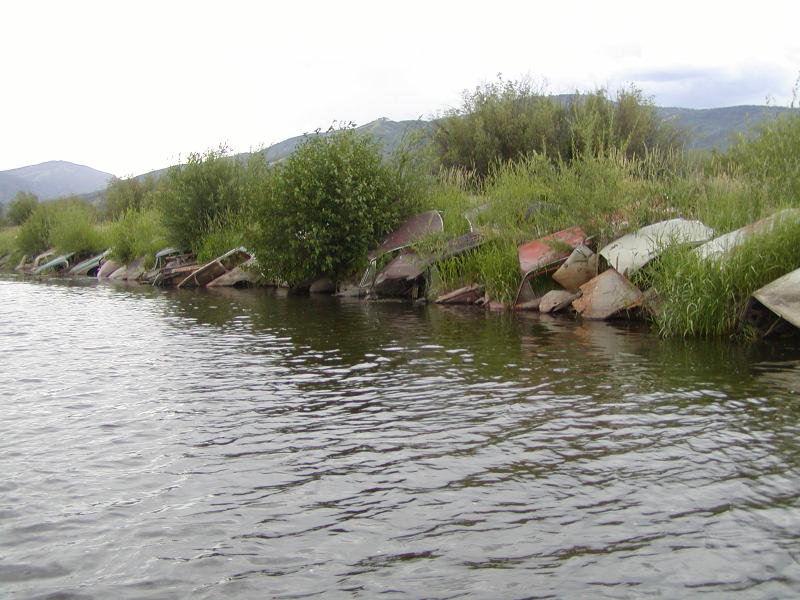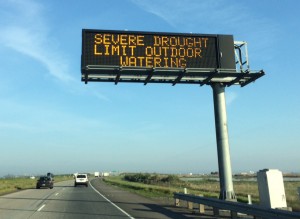
[cmsms_row][cmsms_column data_width=”1/1″][cmsms_text]
Making good decisions – Getting results
During the recent drought, Californians were called to reevaluate  how we use, manage, and share water to get through the crisis. Farmers received only small fractions of the surface water they needed to grow food, and strident mandatory cuts were imposed on our cities, forcing us all to ask how to get the most bang for our water buck.
how we use, manage, and share water to get through the crisis. Farmers received only small fractions of the surface water they needed to grow food, and strident mandatory cuts were imposed on our cities, forcing us all to ask how to get the most bang for our water buck.
With a renewed focus on improving water use efficiency, communities across the state have been investigating and deploying advancements to ensure we meet our goals of doing more with less.
Farmers have fallowed hundreds of thousands of acres of their fields, installed billions of dollars worth of water-conserving technology and water measurement equipment, while developing sophisticated regional management plans and partnerships that help ensure farm water is managed and moved efficiently. Urban communities have invested millions in the latest high-tech water-saving technologies, landscaping upgrades, and infrastructure improvements to help modernize California’s water system, while reducing use . Farms and cities are united in their efforts to ensure that water used isn’t water wasted.
Out-of-date scientific theory fails to ensure success
Today the State is proposing a plan to help salmon using out-of-date, 20th century
scientific theory that doesn’t best consider the biological needs of the river ecosystems. They are using an approach which, when tested over the years, has repeatedly failed to improve the waterways and those that depend on them.
Fishery, habitat, and water experts agree that the bureaucrats are not using the best science to meet the needs of the Sacramento-San Joaquin River estuary and its salmon population.
Science that gets results – Functional Flows
“Functional flows” is an approach to water management that considers the full complex needs of a waterway, the timing of those needs, and the needs and timings of the organisms dependent on the environment created by those relationships. This approach helps to ensure that water dedicated to help improve ecosystems and fish species achieves that goal.
the full complex needs of a waterway, the timing of those needs, and the needs and timings of the organisms dependent on the environment created by those relationships. This approach helps to ensure that water dedicated to help improve ecosystems and fish species achieves that goal.
Learn more about Functional Flows, by clicking here.
[/cmsms_text][cmsms_featured_block animation_delay=”0″]
A functional flow is a component of the hydrograph that provides a distinct geomorphic or ecological function. These functions may include geomorphic processes, ecological processes, or biogeochemical processes. Such processes in rivers and associated biotic interactions operate in three dimensions, and are intimately tied to the timing, duration, and frequency of natural flows. Thus functional flows must attempt to reflect the natural patterns of flow variability.
Yarnell, SM, AA Whipple, E Beller, C Dahm, C Enright, P Goodwin, G Petts, JH Viers. 2014. Functional Flows in Modified Riverscapes: Hydrographs, Habitats and Opportunities. Poster session at the American Geophysical Union Fall Meeting, San Francisco, CA. EP41C-06
[/cmsms_featured_block][/cmsms_column][/cmsms_row]